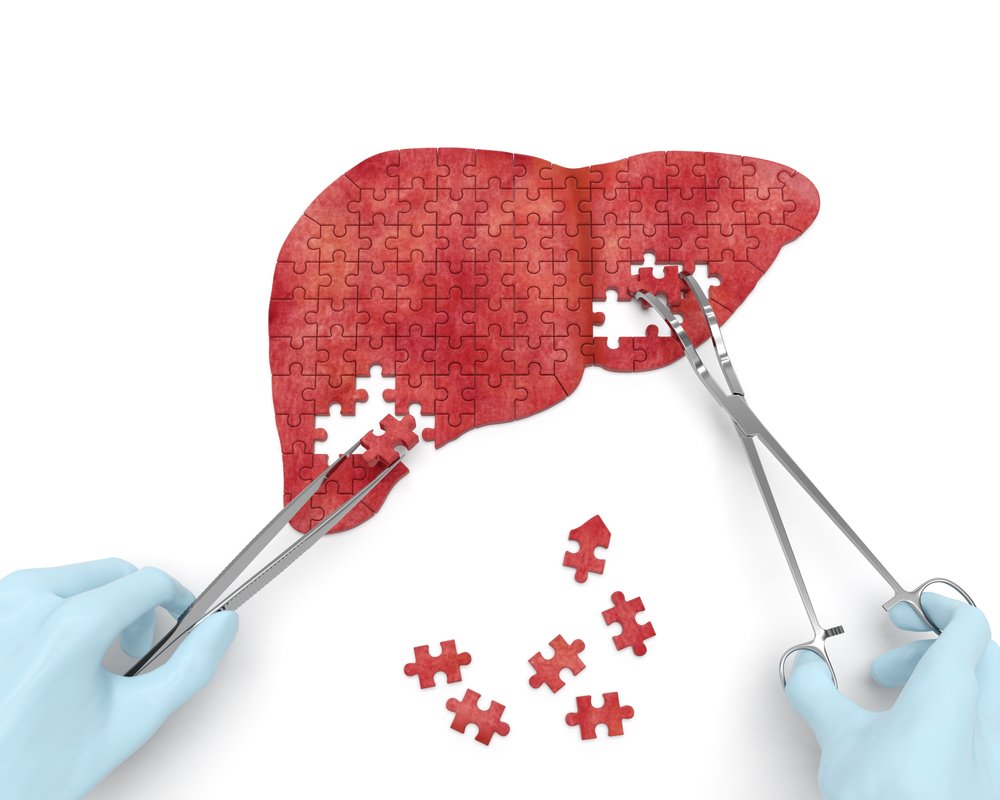SIR-Spheres Radiation Therapy Increases Chance Liver Cancer Can Be Operated on, Study Reports

Those with liver cancer that has spread from the colon have a better chance of surgical removal of their liver tumors after treatment with SIR-Spheres radiation microspheres, according to an extension of a clinical trial.
Surgery is the best way to eliminate many cancers, but for one reason or another, doctors deem some tumors inoperable, or unresectable. So a finding that treatment with Sir-Spheres improved liver cancer patients’ chance of surgery was good news for doctors and patients, the researchers suggested.
The REsect extension trial dealt with inoperable colorectoral cancer that had spread to the liver. The patients received a combination of SIR-Spheres radiation therapy and FOLFOX-based chemotherapy.
Sirtex, the maker of Sir-Spheres, presented the trial results at the 12th annual European-African Hepto-Pancreato-Biliary meeting in Maiz, Germany, May 23-26.
SIR-Spheres is an approved therapy for liver cancer in many countries, including the United States, where the U.S. Food and Drug Administration have given it premarket authorization.
Doctors use a catheter to send the microspheres through the bloodstream directly to the tumor. The doses of beta radiation that the microspheres deliver are 40 times higher than standard radiation. Delivering radiation directly to a tumor helps prevent damage to surrounding healthy tissue.
REsect was an extension of the SIRFLOX clinical trial (NCT00724503). SIRFLOX evaluated whether adding SIR-Spheres microspheres to FOLFOX-based chemotherapy would increase patients’ progression-free survival, or how long they lived before their cancer progressed.
Fourteen liver, pancreas, gallbladder and bile-duct surgeons from the United States and Europe took part in REsect, deciding whether patients’ liver cancer was operable after treatment with chemotherapy alone or a combination of Sir-Spheres and chemo.
The surgeons used CT scans to decide whether tumors were operable. The first set of scans was done before patients were treated and the second after treatment.
Both chemo alone and a combination of Sir-Spheres and chemo increased the number of cases the surgeons said could be operated on, compared with their judgments before treatment. But the combo generated better results. In fact, 38.1 percent of patients were deemed to be resectable in the combination group, compared with 28.9 percent in the chemotherapy arm.
“This is an important finding because surgical resection is the mainstay of potentially curative treatments for these patients, and there is an increasing body of evidence suggesting that it can prolong their lives even though most of them eventually recur,” Dr. Benjamin Garlipp, the principal author of the REsect study, said in a press release. He is a liver surgeon at Otto-von-Guericke-Universität in Magdeburg, Germany.
“As a surgeon, it is always my aim to offer the option of a potentially curative liver resection to patients with mCRC [cancer that has spread from the colon],” Garlipp added. “We know that in many patients with metastatic colorectal cancer, the liver is the only organ with cancer deposits, and converting patients from a stage where resection of the disease is not possible into one where potential curative resection becomes an option again has an enormous impact for patients. This retrospective analysis suggests that SIRT with Y-90 resin microspheres [Sir-Spheres] could be a means to achieving resection for more of these patients.”






